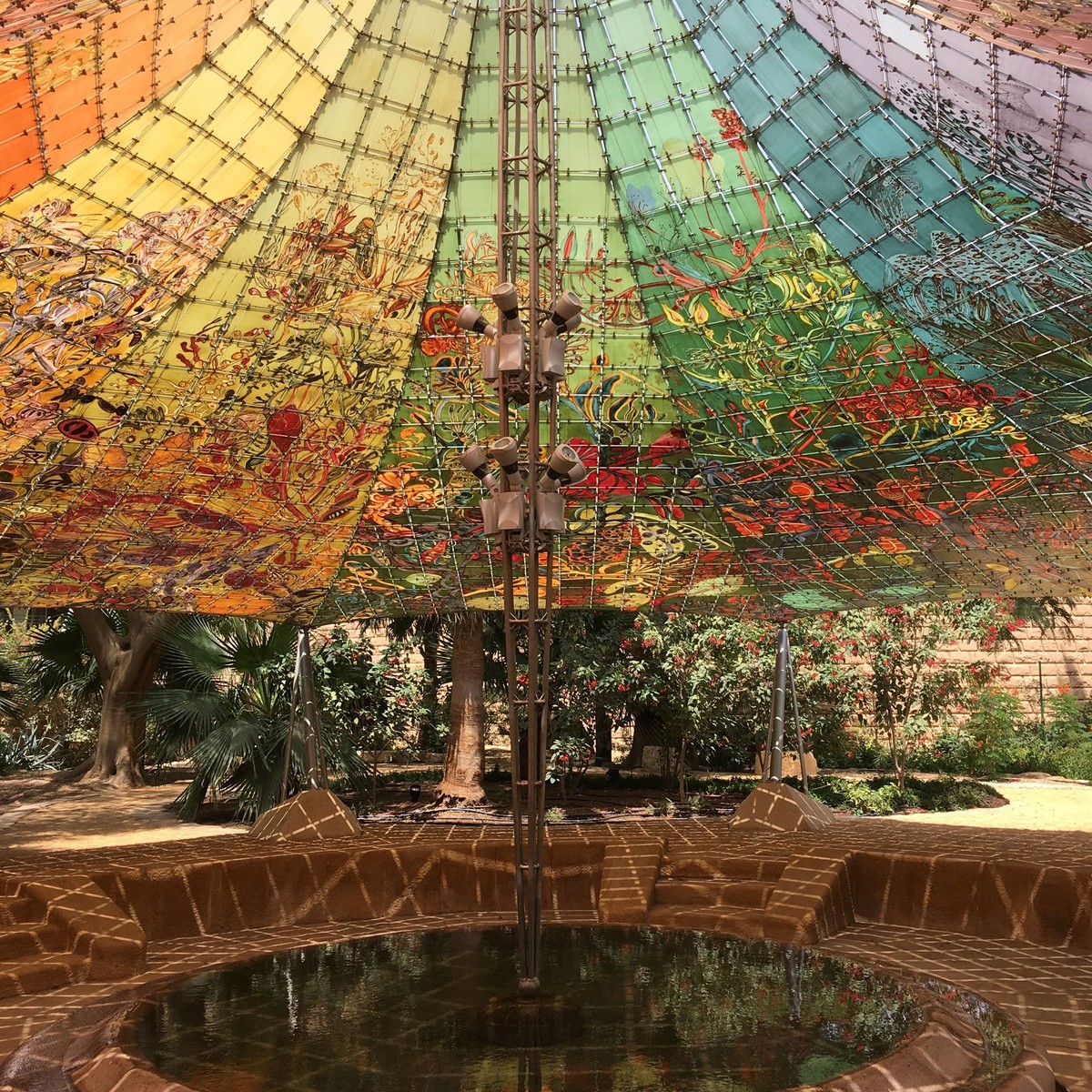Hot Cities
As the effects of climate change make themselves felt, cities need to adapt to the global rise of temperatures. The exhibition »Hot Cities« looks at the metropoles of the Arab-speaking world to learn how they and their inhabitants cope with the region’s harsh climate, and whether the architectural and urban design solutions found there might help us make our own environments more climate resilient.
»Hot Cities« shows how architects combine traditional vernaculars and modern technologies to respond to the challenges of the future. The exhibition presents urban case studies that provide answers to many questions now raised by climate change. This builds on the curator’s ecological research, which recently won the Golden Lion at the Venice Biennale of Architecture 2021 for their contribution as authors of the book »Anatomy of Sabkhas«.
»Hot Cities« is a travelling archive that delves into the architectural and urban strategies used in the Arab-speaking world to adapt to extreme heat. The project aims to present capabilities of living in extreme heat and how urban culture can flourish by adapting to the surrounding climate conditions. It is comprised of examples from twenty Arabic-speaking cities that span different time periods and architectural styles – from ancient to contemporary, and from vernacular to post-modern.
In one sense, »Hot Cities« is an attempt to create a dictionary of Arab architecture through the lens of climate adaptation and living aesthetics that emerge in everyday use. At the same time, it is also an invitation to rethink our relationship with the future and discourse of sustainability by revisiting the timeless learnings from the past. Their knowledge illuminates the tireless work of many generations and the immense potential handed over us.
How can we live in hot cities? The archive explores this question in a threefold manner by engaging with different media and forming an intersection of ideas. The archive consists of architectural models that illustrate the intricate links between aesthetics and climate adaptation, a library of architectural vocabulary for each of the twenty cities, and a colloquium where practitioners and scholars gather to share their expertise on the topic. This forum serves as a platform for experts to share their knowledge, exchange ideas, and inspire new ways of thinking about the future of hot cities.
